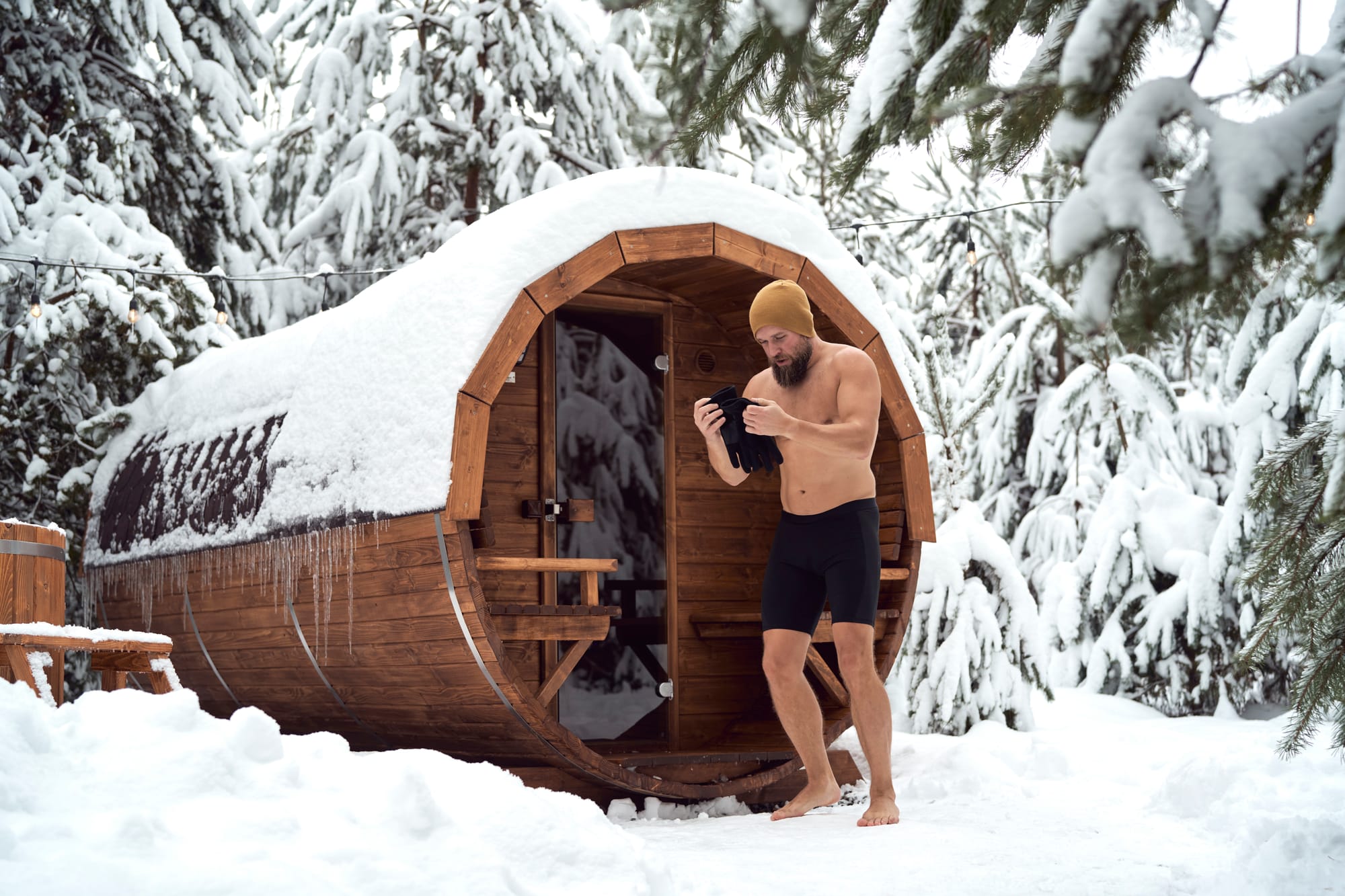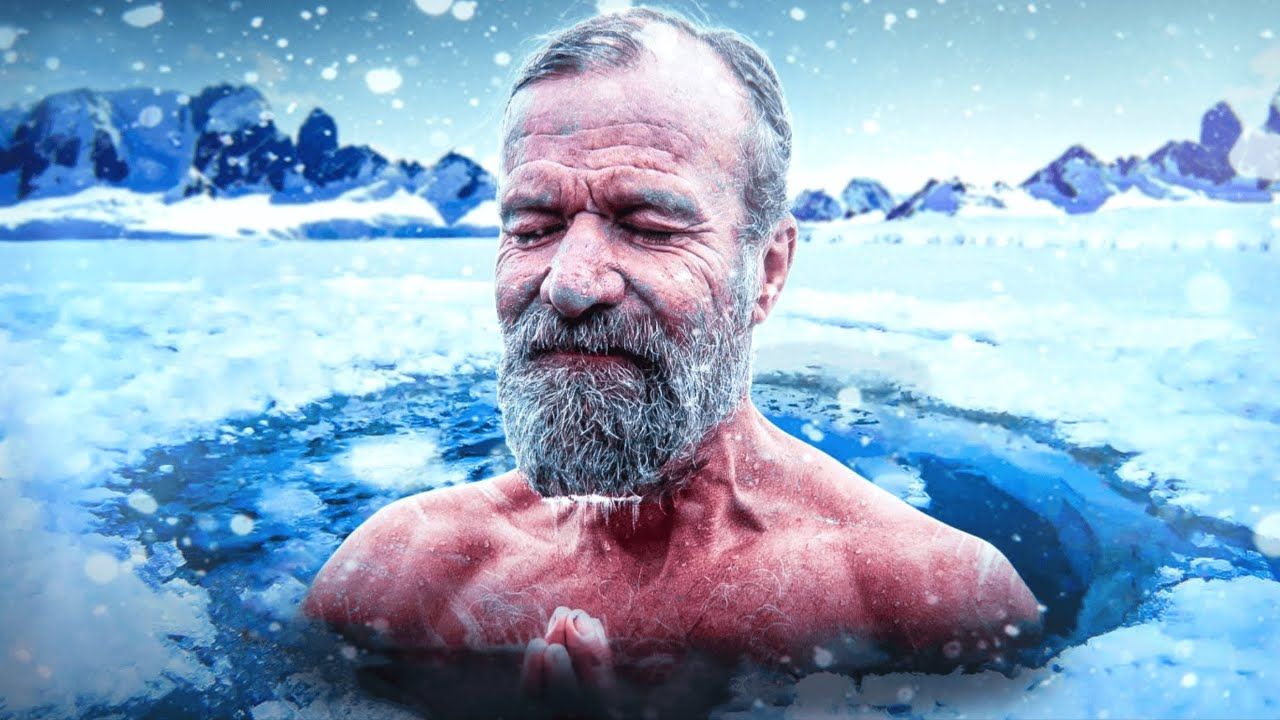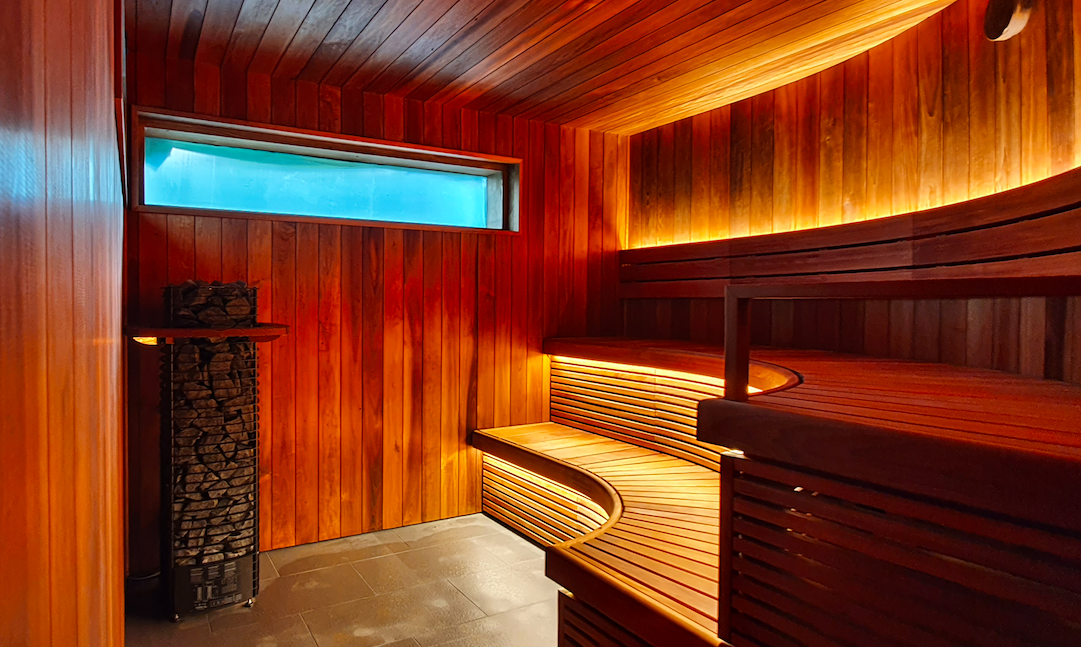Heat vs. Cold: When to Use Them and Why Old Rules Don’t Always Apply

For years, I was taught the simple rule: ice for injuries, heat for aches. But in my decades of working with the body, exploring trauma, and experimenting with healing methods around the world, I’ve learned it’s not that simple. Both heat and cold have their place—and using them wisely can change how quickly and deeply your body recovers.
Cold Therapy – The Power of Ice
I have a confession to make to you...
I used to be scared of the cold and developed a strong aversion to it. For years I hated our Canadian winters and blamed it for my emotions, pyschological and physical well-being.
Until one day, I started to question my beliefs and my narrative around it, and it suddenly dawned on me that cold was associated with a trauma that I experienced days after birth. Once I made the connection I decided to study the Wim Hoff Method (Ice Man) and luckily I did it in person years back. Since that experience, the cold has become my friend and my teacher. The first lesson was to understand that cold mimics FEAR, so to be in the cold is the opportunity to exercise with FEAR and to learn how to overcome it internally.

There’s something primal about cold. I’ve sat in rivers, stood under waterfalls, and even taken ice baths in the early morning, and each time I felt my body awaken in a way heat could never create. Cold slows blood flow, reduces swelling, and numbs pain. It’s perfect for fresh injuries with inflammation or acute flare-ups.
When do I use cold:
- Sprained ankle or bruised shoulder: I keep the ice or cold pack on for 10–20 minutes, never longer.
- After intense exercise or trauma: Quick immersion in cold water or a cold shower can reset the nervous system.
- Headaches or migraines: A cold compress on the temples or back of the neck often brings instant relief.
Old myth busted: Ice is not always best immediately. If a pulled muscle isn’t swollen, cold can slow healing. Sometimes, letting your body “warm through” first is smarter.
Heat Therapy – More Than Comfort
Heat has a unique magic. I’ve spent hours in saunas, wrapped myself in moxa heat pads, soaked in hot baths, and even used infrared devices—all to release tension, stimulate circulation, and invite my body to relax into itself. Heat encourages blood flow, eases stiffness, and allows the body to bring nutrients and oxygen where they are needed most.

When I use heat:
- Stiff neck, shoulders, or lower back: A warm moxa pad or infrared device melts tension like water over rocks.
- Chronic pain or arthritis flare-ups: Gentle heat improves mobility and calms lingering aches.
- After swelling subsides: Applying heat helps restore movement and encourages tissue repair.
- Menstrual cramps: A warm compress or heat patch can relax muscles and ease discomfort.
Old myth busted: Heat isn’t dangerous for injuries if swelling has passed. In fact, it can accelerate healing by bringing blood and warmth to the tissue.
Cultural Inspirations for Healing with Heat
Heat therapy isn’t new—it’s been a cornerstone of healing across cultures for centuries:
- Japan: Hot baths and natural onsens bring calm, relax muscles, and awaken circulation.
- China: Moxibustion uses burning mugwort to warm specific points and encourage energy flow.
- Scandinavia: Saunas followed by icy plunges shock the system in a healthy way, boosting circulation and recovery.
- Indigenous North America: Sweat lodge ceremonies use heat to purify body and mind.
- Modern tech: Infrared heat devices penetrate deep into muscles, providing targeted relief that ancient methods only dreamed of.
Practical Tips for Using Heat and Cold
Cold:
- Use wrapped ice packs or short immersions in cold water, rivers, or waterfalls.
- Keep sessions 10–20 minutes, allowing skin to return to normal temperature.
- Avoid direct, prolonged contact to prevent tissue damage.
Heat:
- Use moist heat, saunas, moxa pads, or infrared devices.
- Keep it comfortably warm, not scorching.
- 15–30 minutes is ideal, observing how your body responds.
The Flow Between Hot and Cold
Sometimes the real magic is in combining them. Athletes and traditional cultures alike have long alternated hot and cold for recovery. Jump from sauna to ice bath, or alternate a warm compress with a brief cold rinse—the contrast enhances circulation, reduces soreness, and awakens the nervous system.The key takeaway? Listen to your body. Cold awakens and reduces inflammation; heat soothes, restores, and releases. The more you explore, the more you’ll find which combination flows best for your unique body. Just like rivers carve their path through mountains, your body knows how to find its own healing flow—if you let it.